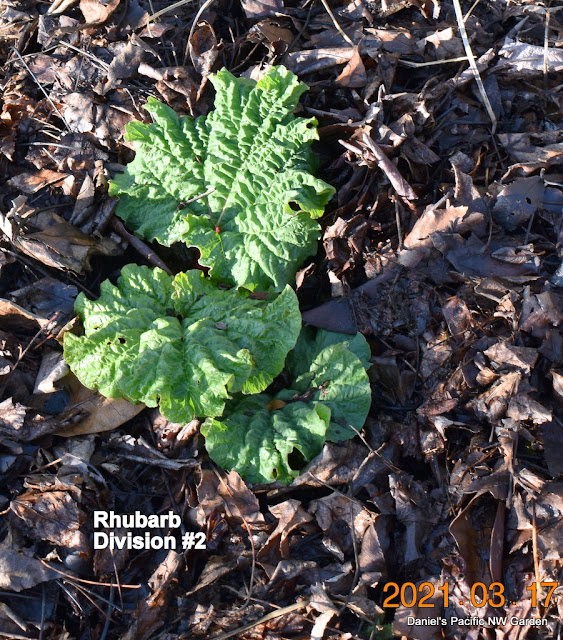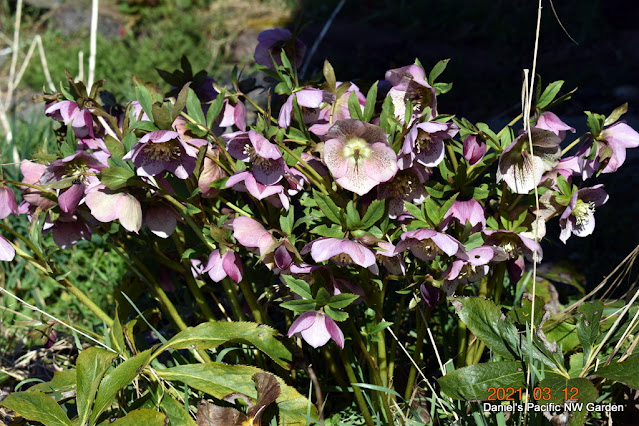Today I planted out the rest of the onion seedlings. I started these seedlings in January. Onions will survive a little frost or chilly weather. Planting them out now will get them established before the warm weather starts. My seed starting book gives a date of March 20th so we are almost there. It has been very nice outside, in the 60s today. Lows in 40s.
I needed some extra space, so some went into an area that I was not planning to plant this year. But that's OK. That brick circle also contains some rescued garlic, a rescued sprouted onion (for potential seeds), and other alliums. A kind of hodge podge.
I planted a row of the onion seedlings in what has turned out to the the onion / shallot / rescued garlic raised bed. This year I can compare Spanish onions with NY Hybrid and with onion sets that I planted in January?. The main reason to hope the Spanish onions are good, is that they are non hybrid and I can use them to save seeds.
This is the garlic raised bed. Most of those on the left were ones that I saved last year. They look mush larger and sturdier than the ones on the right, which had sprouted on the old rows or raised bed. I think those are German or Spanish Garlic. Not bad, but the Music Garlic has larger cloves and I think they have more flavor. Hard to see here, but there is a row of garlic bulbils for next year, growing nicely. A second row is less vigorous. I don't know why.



















































